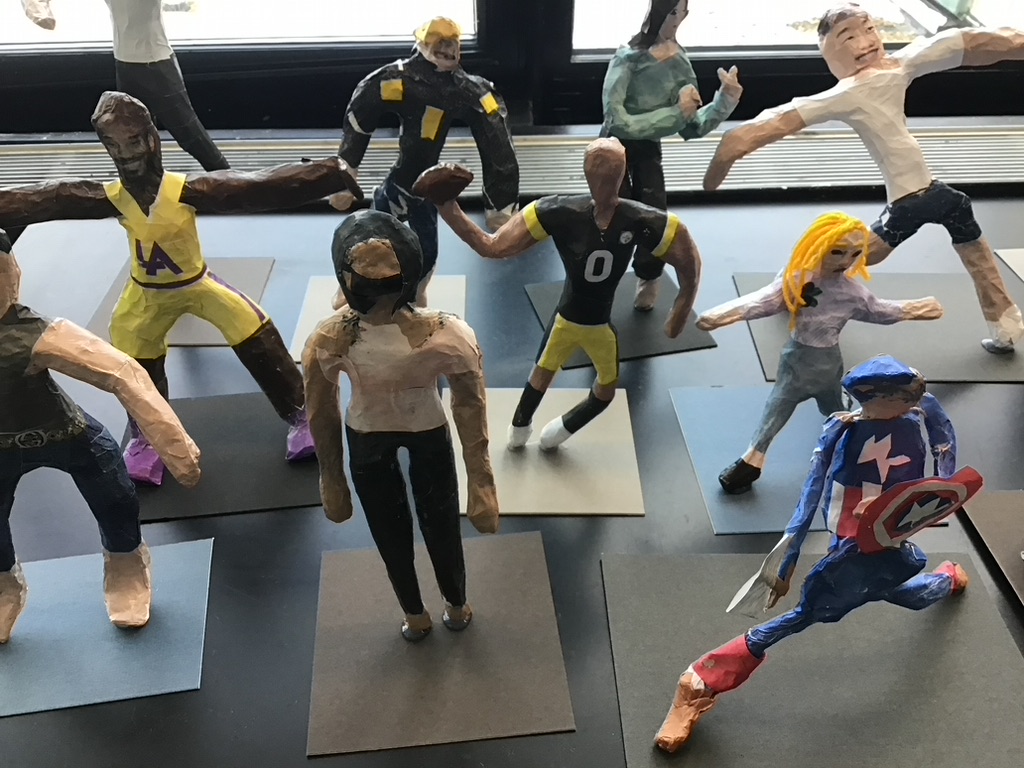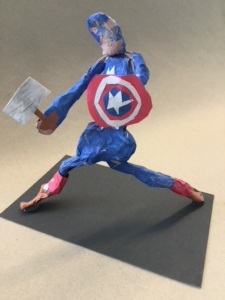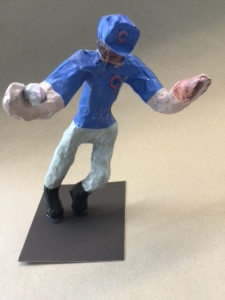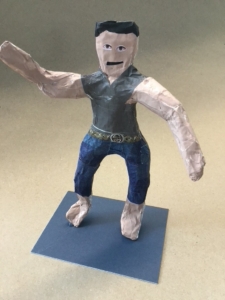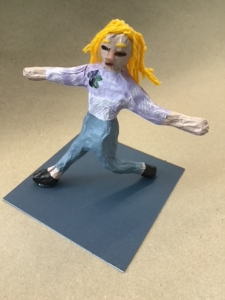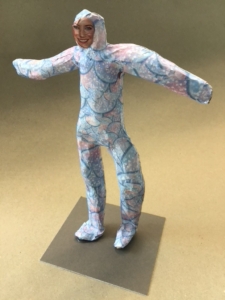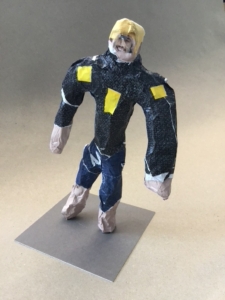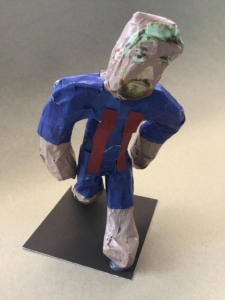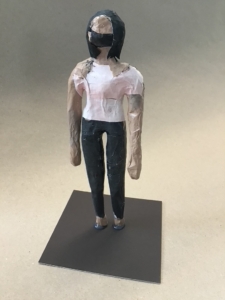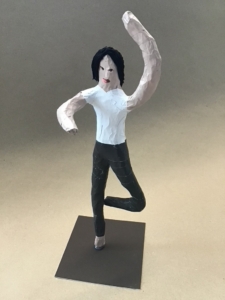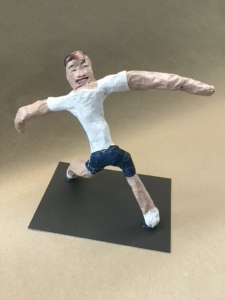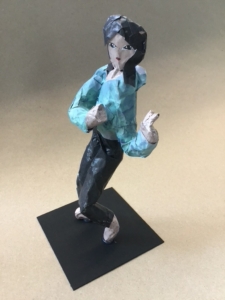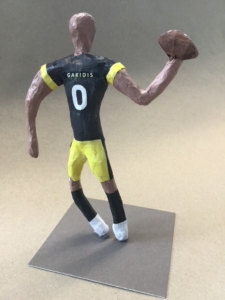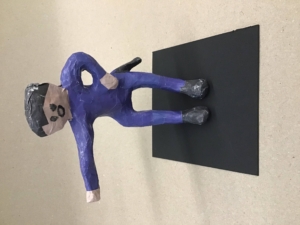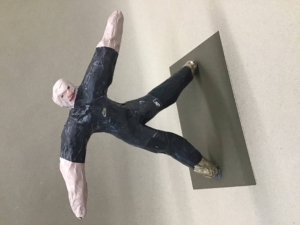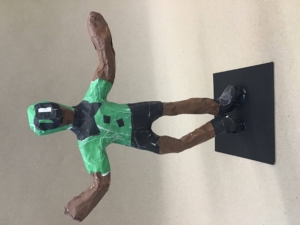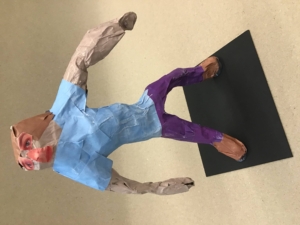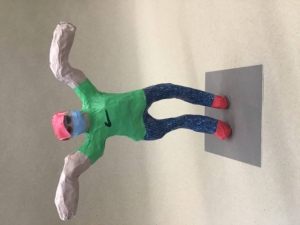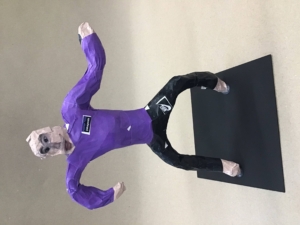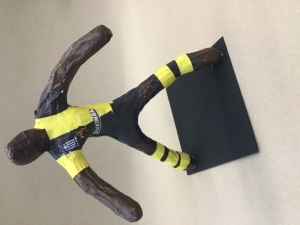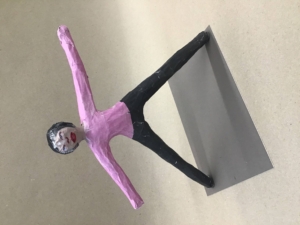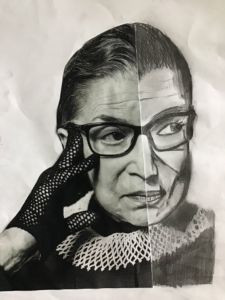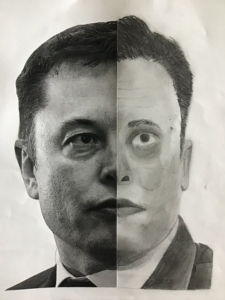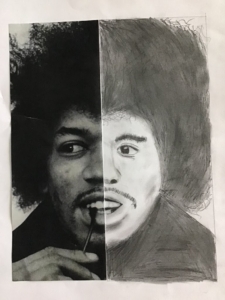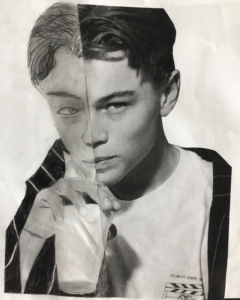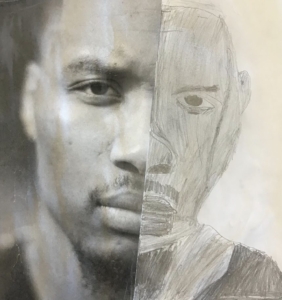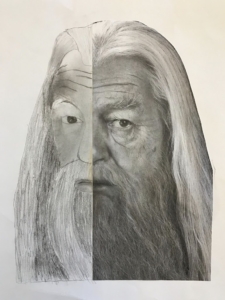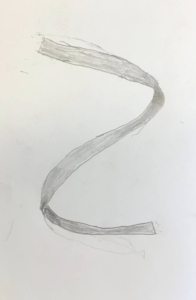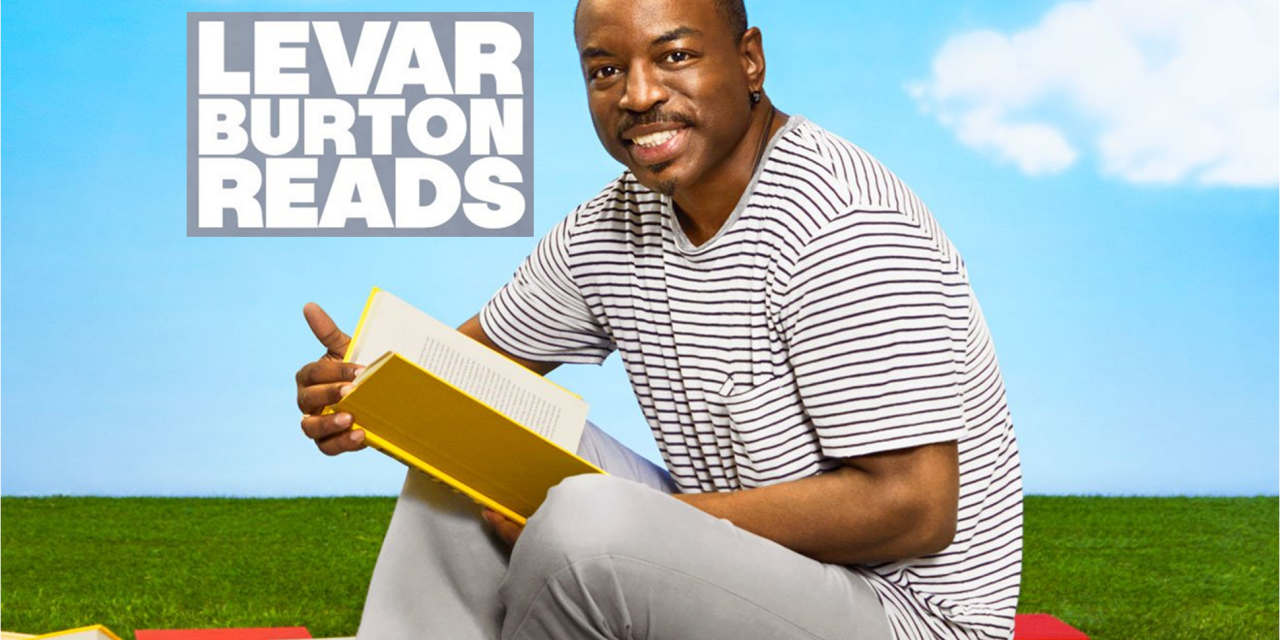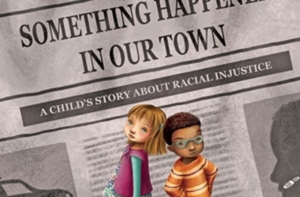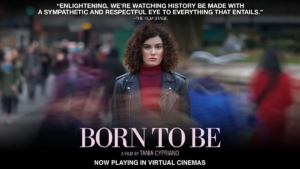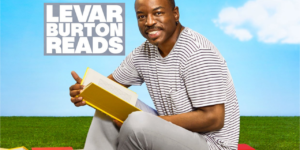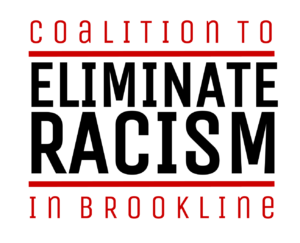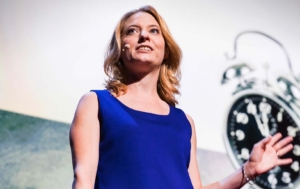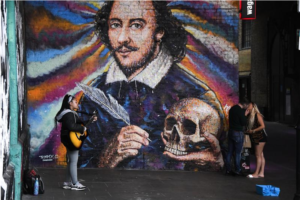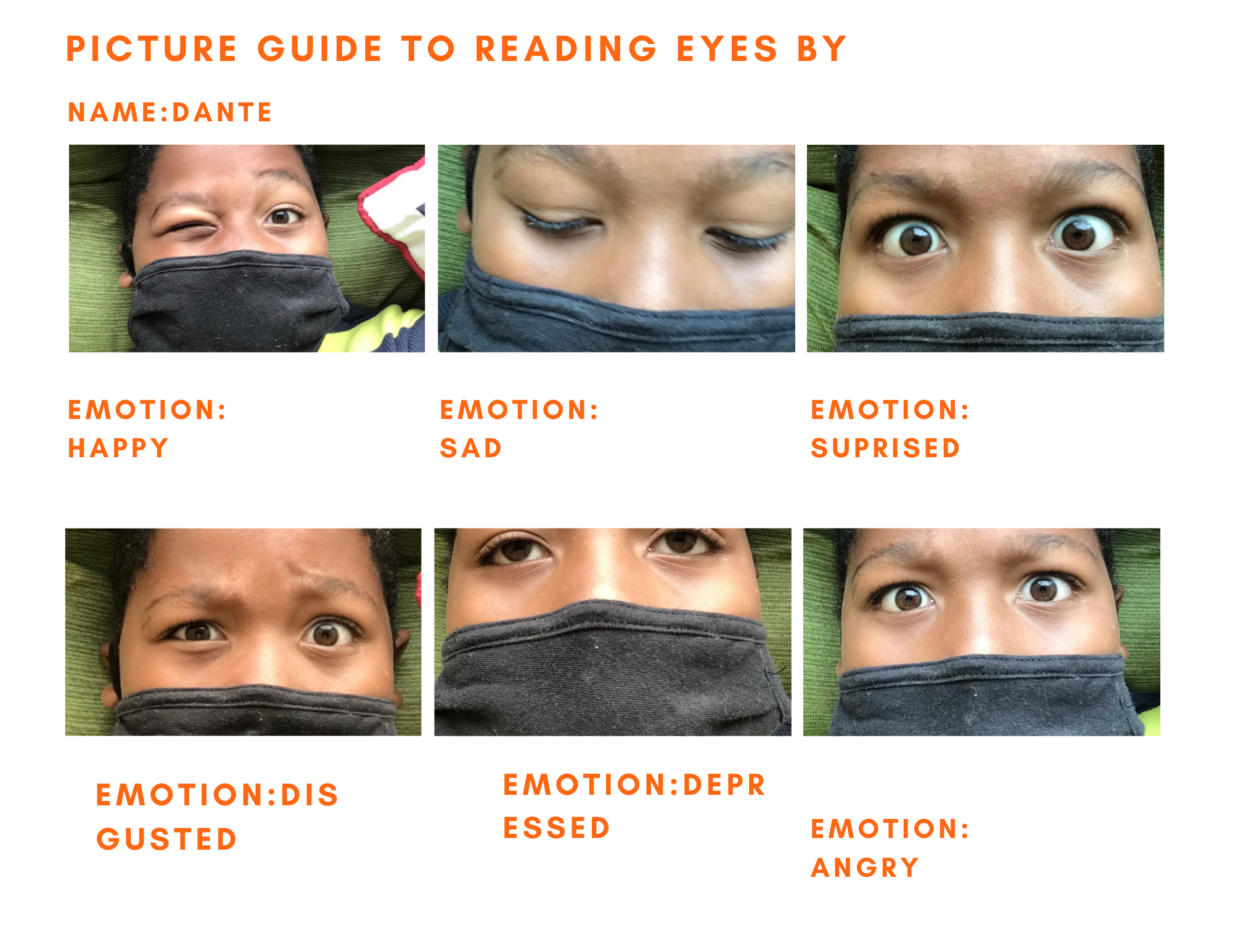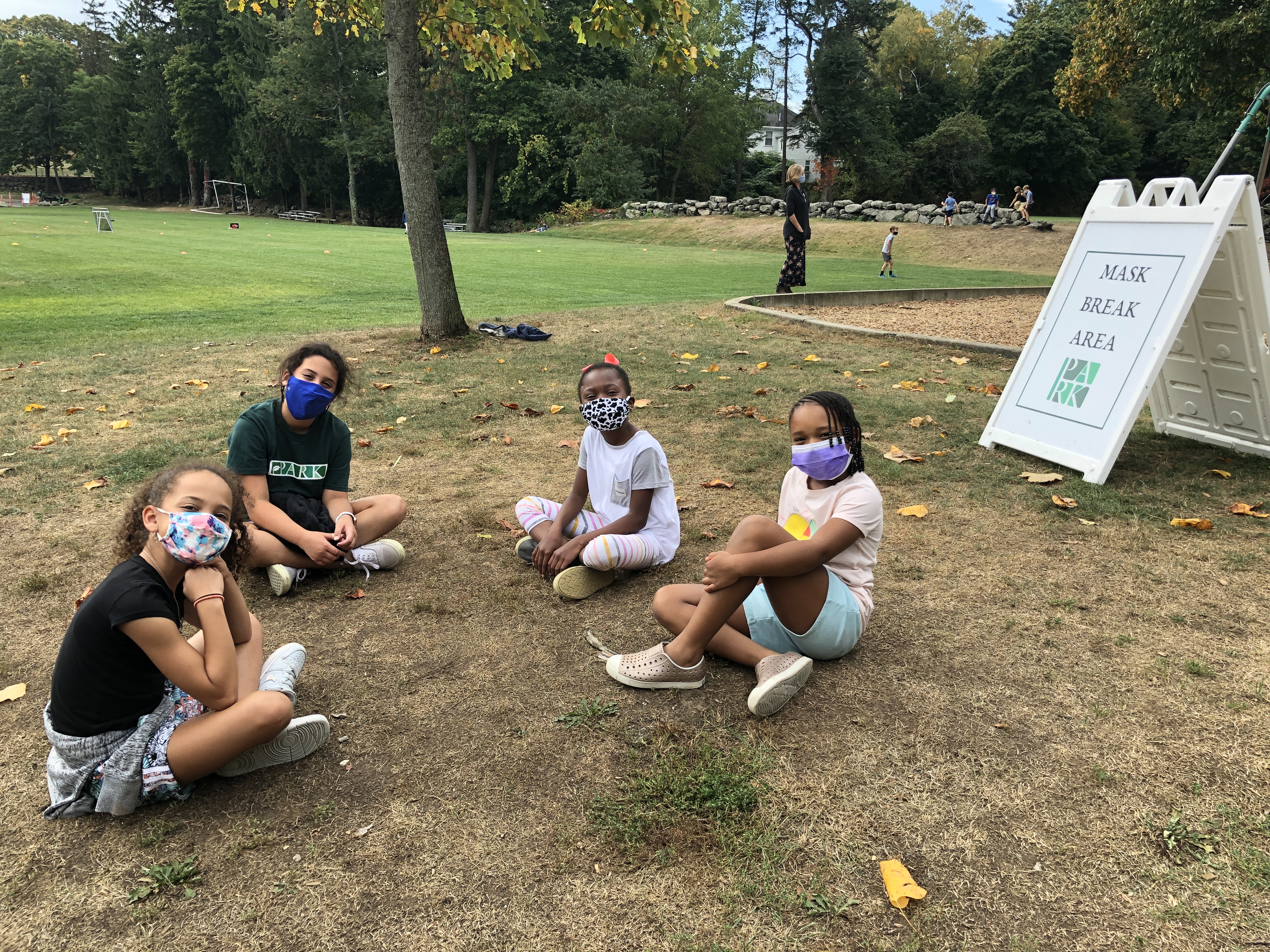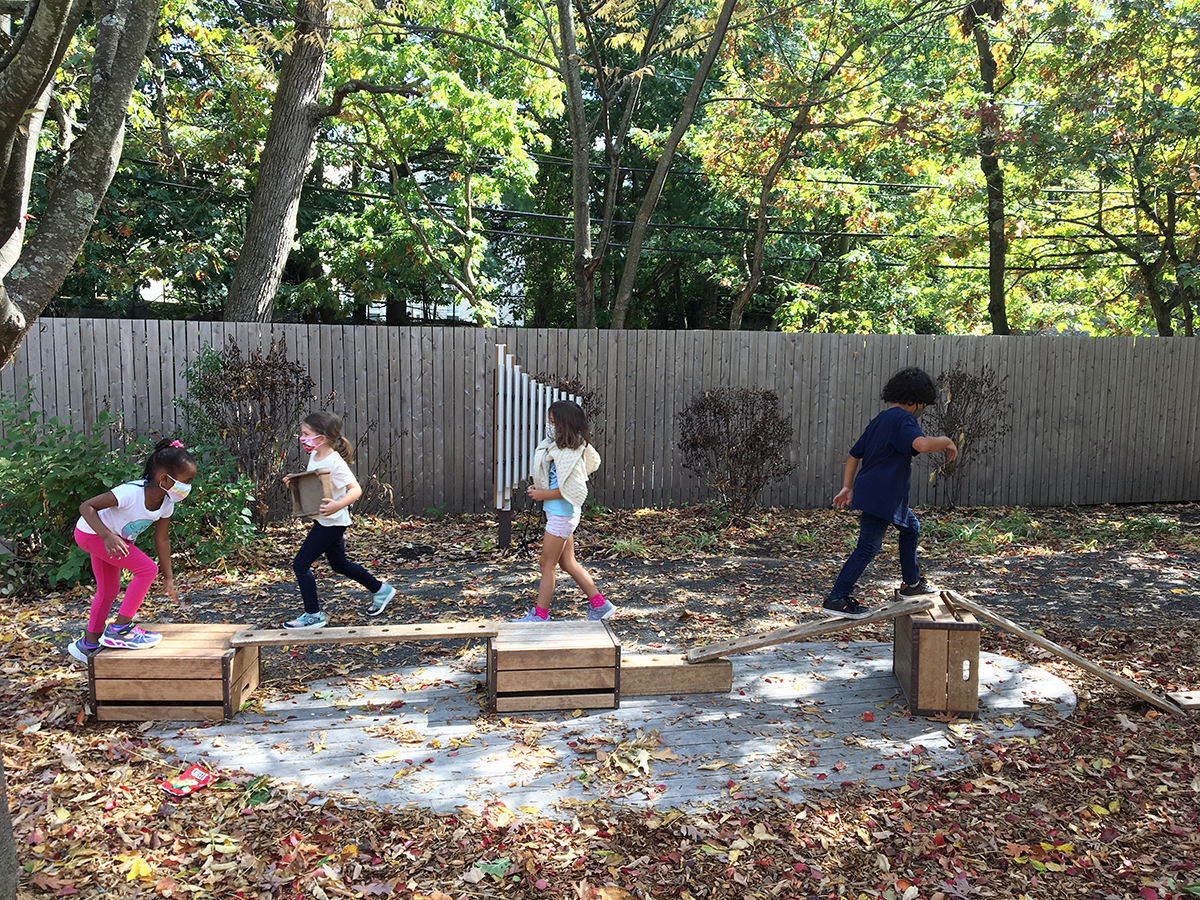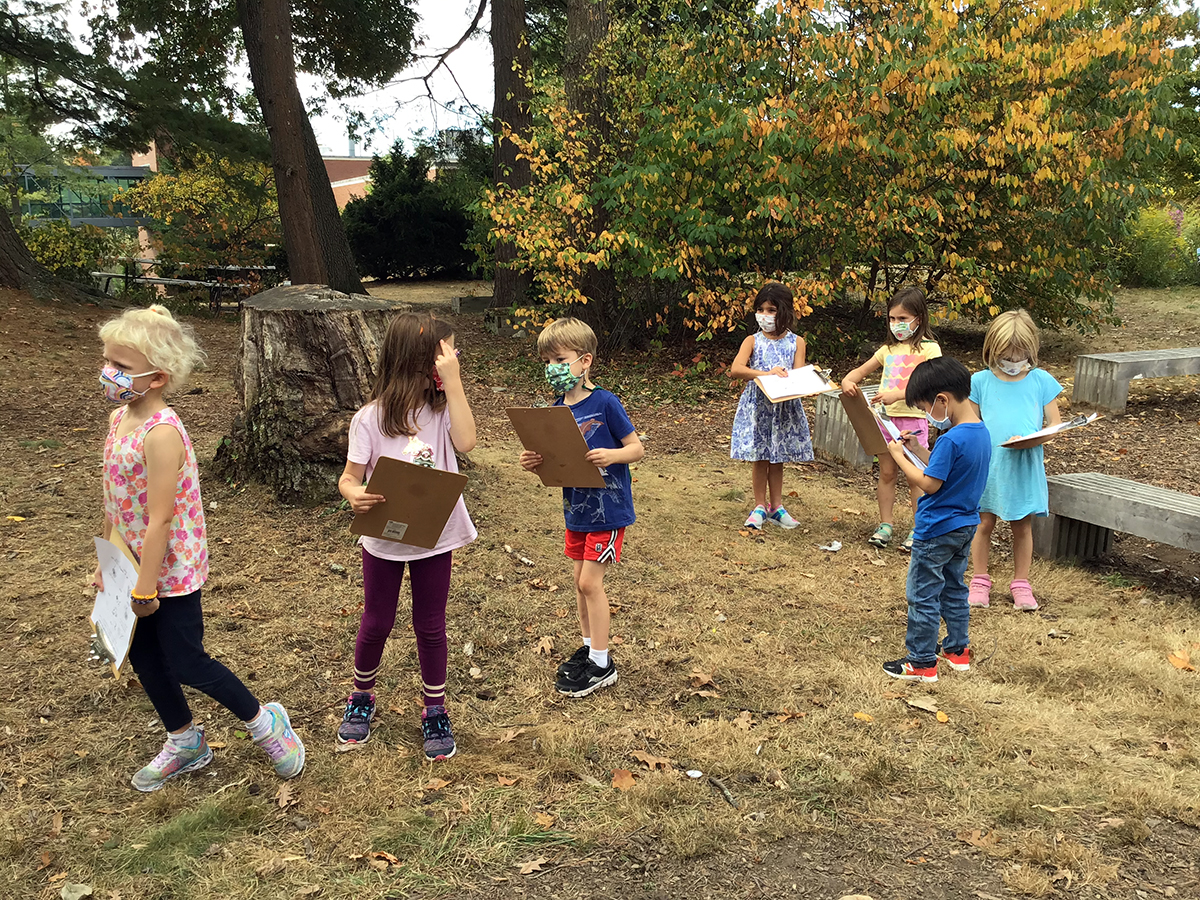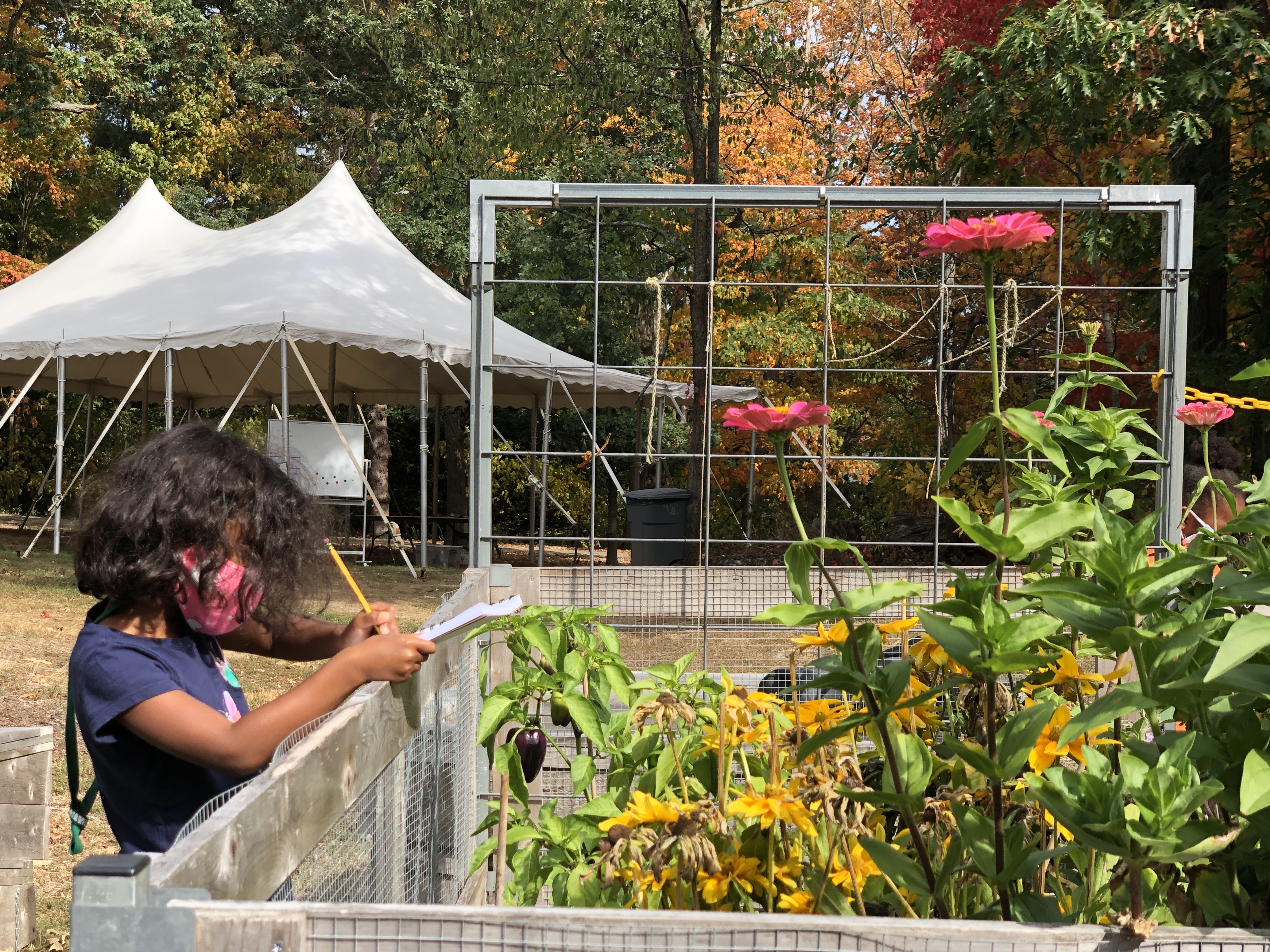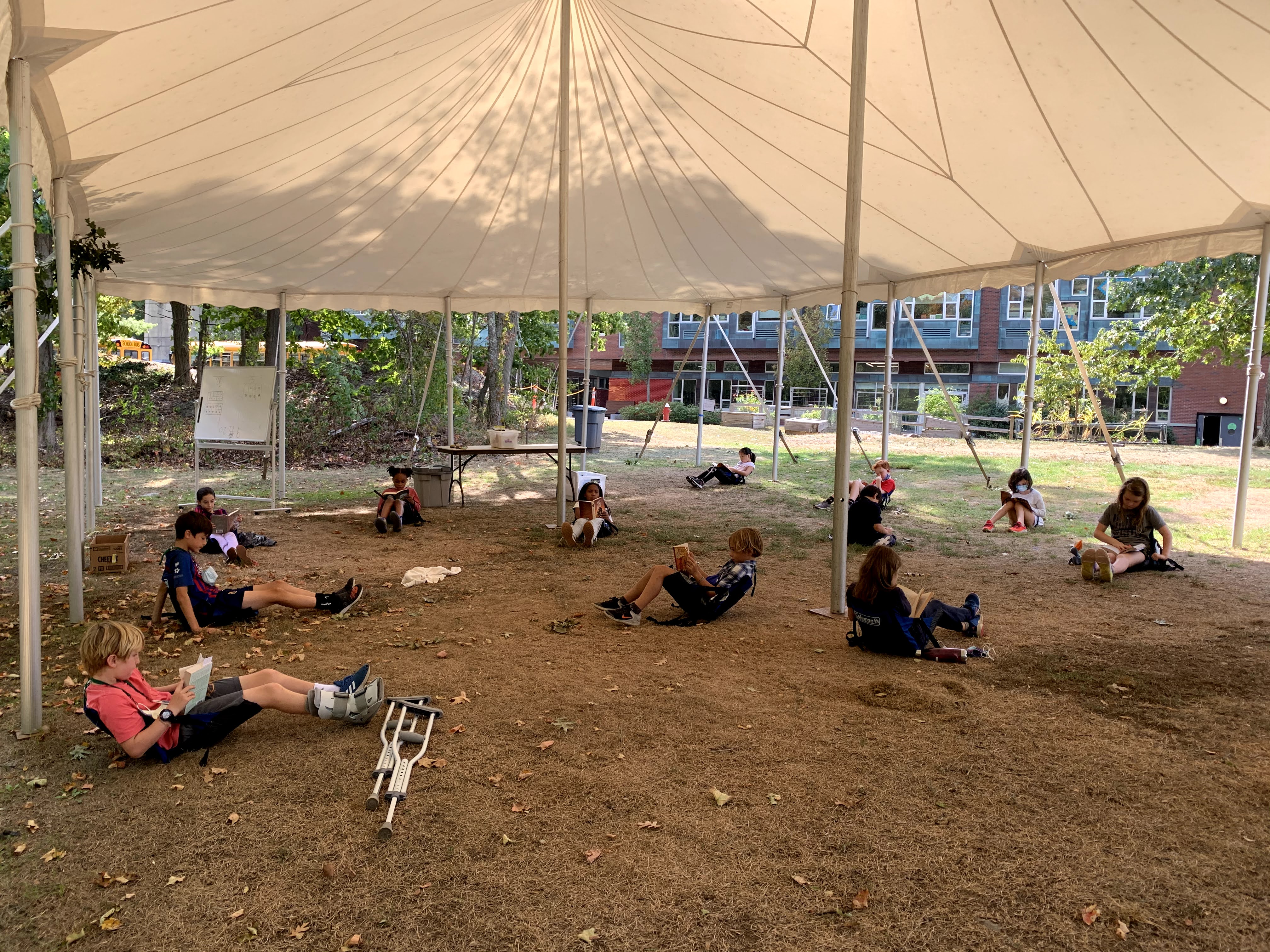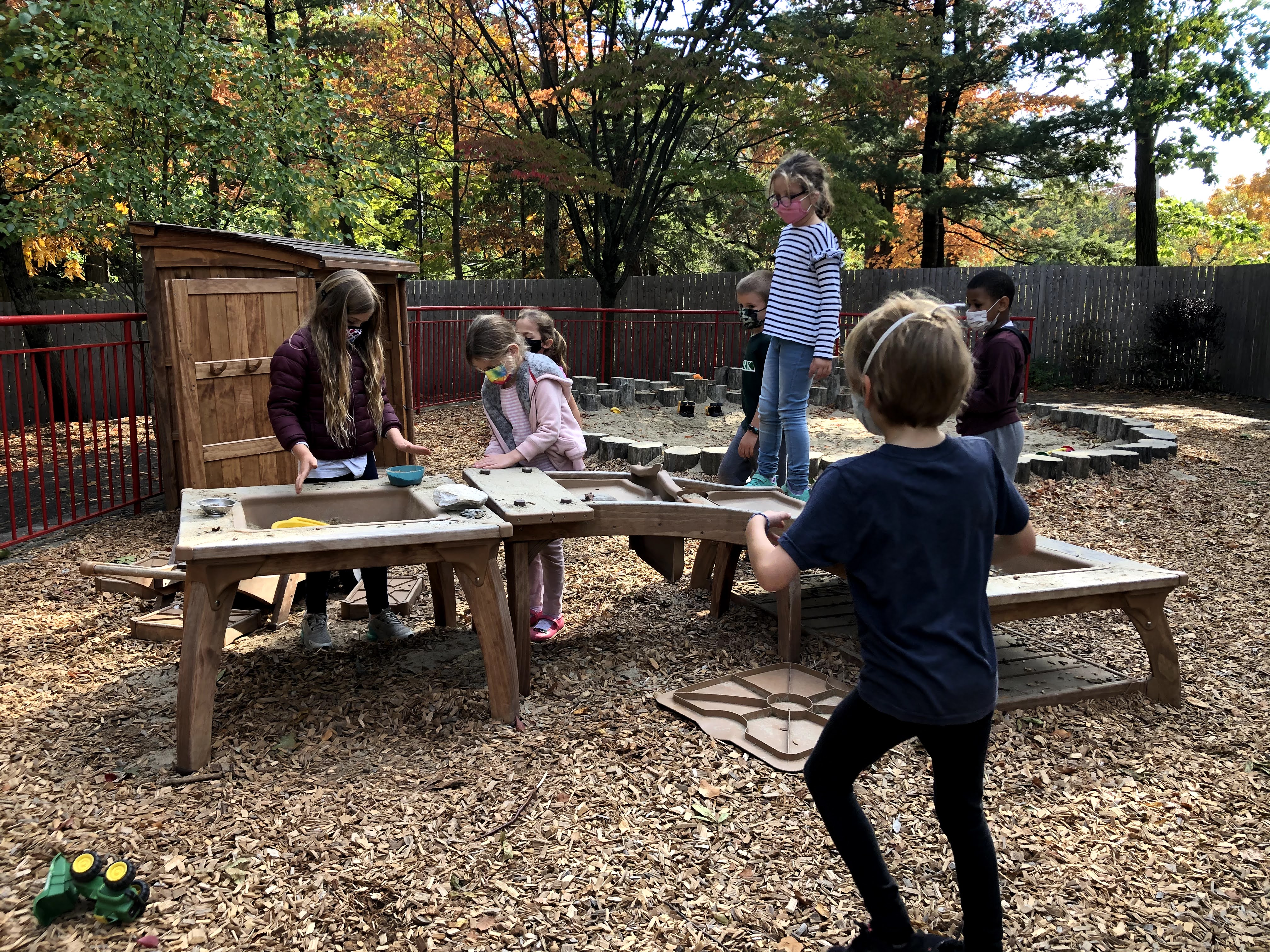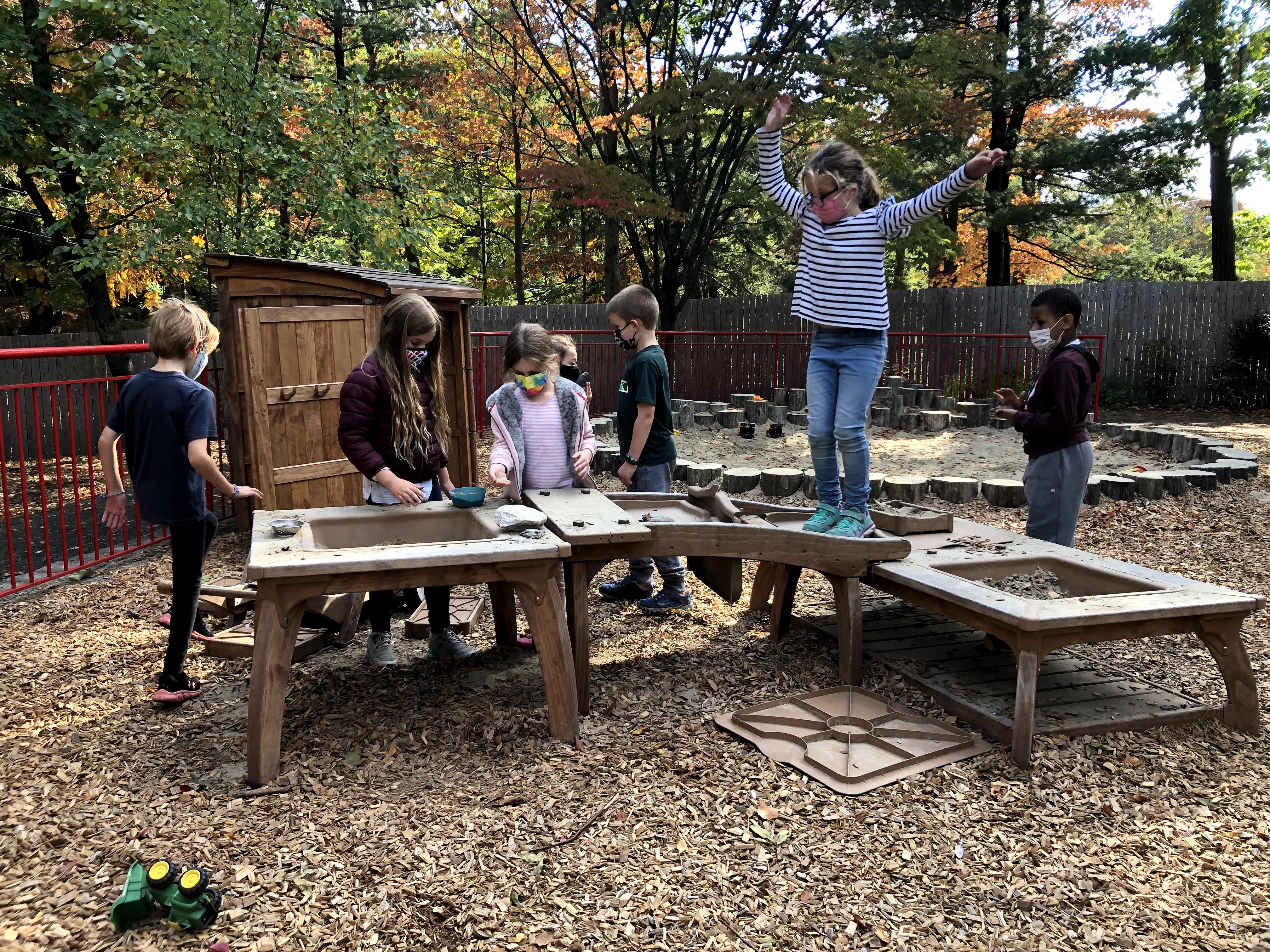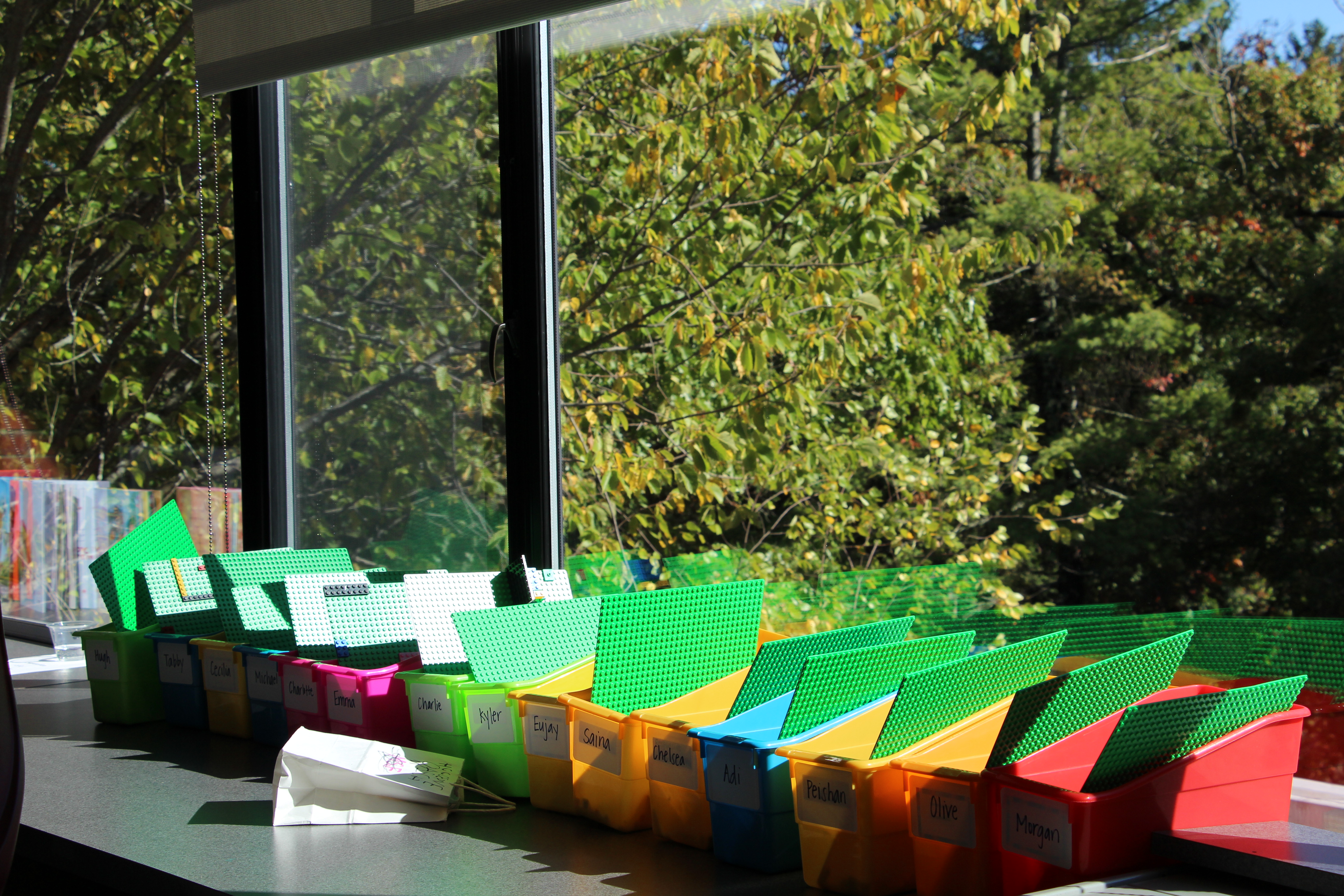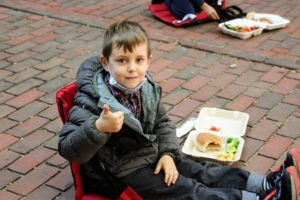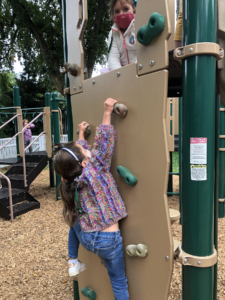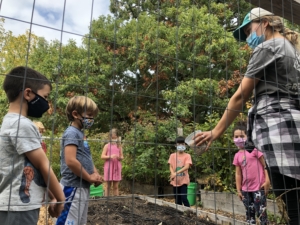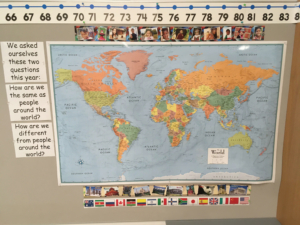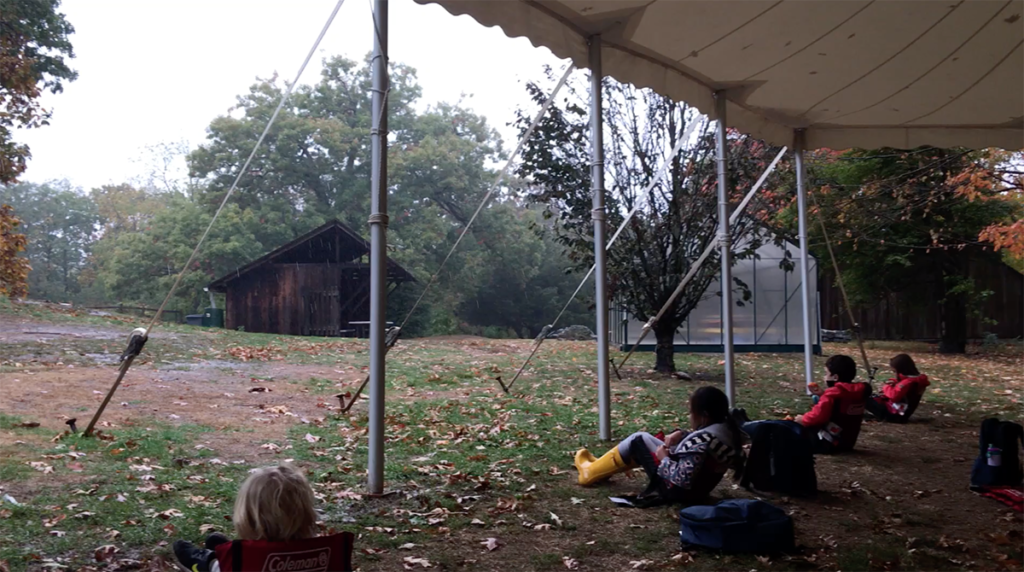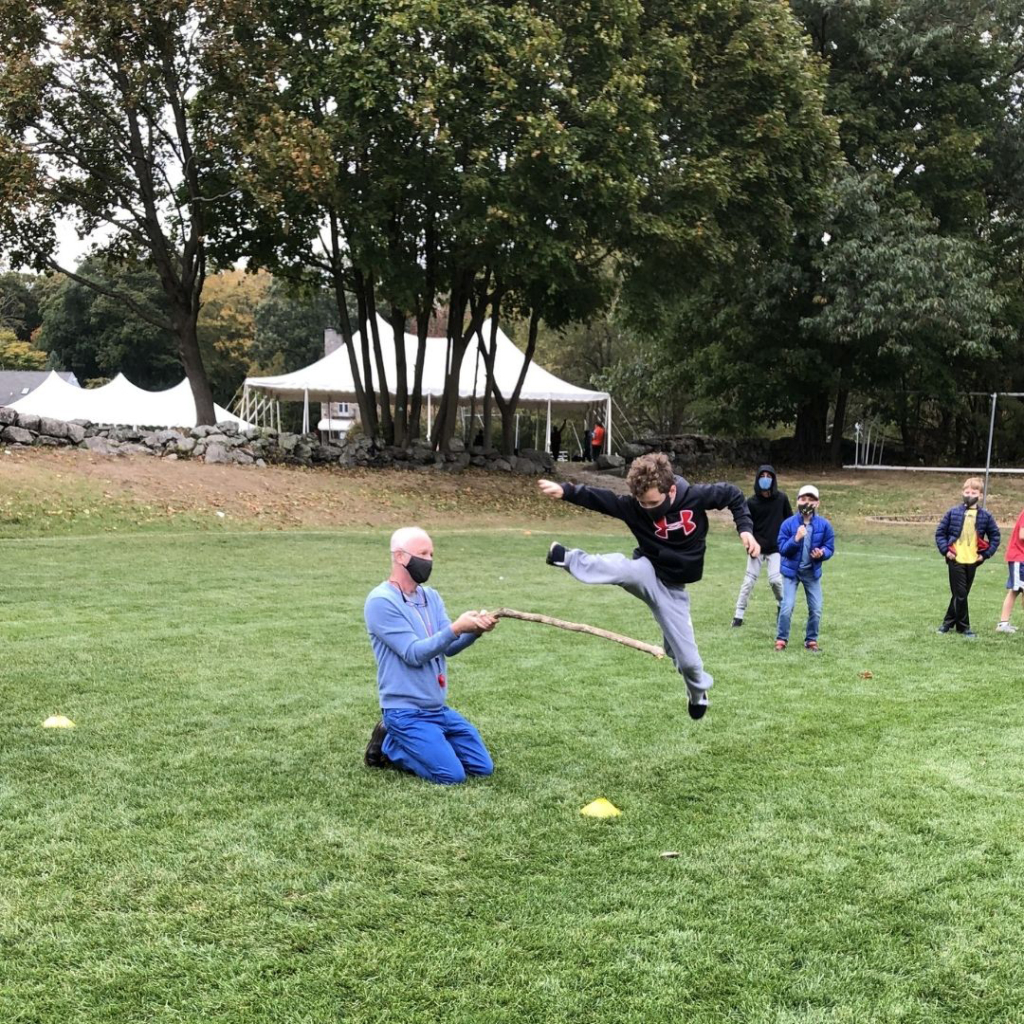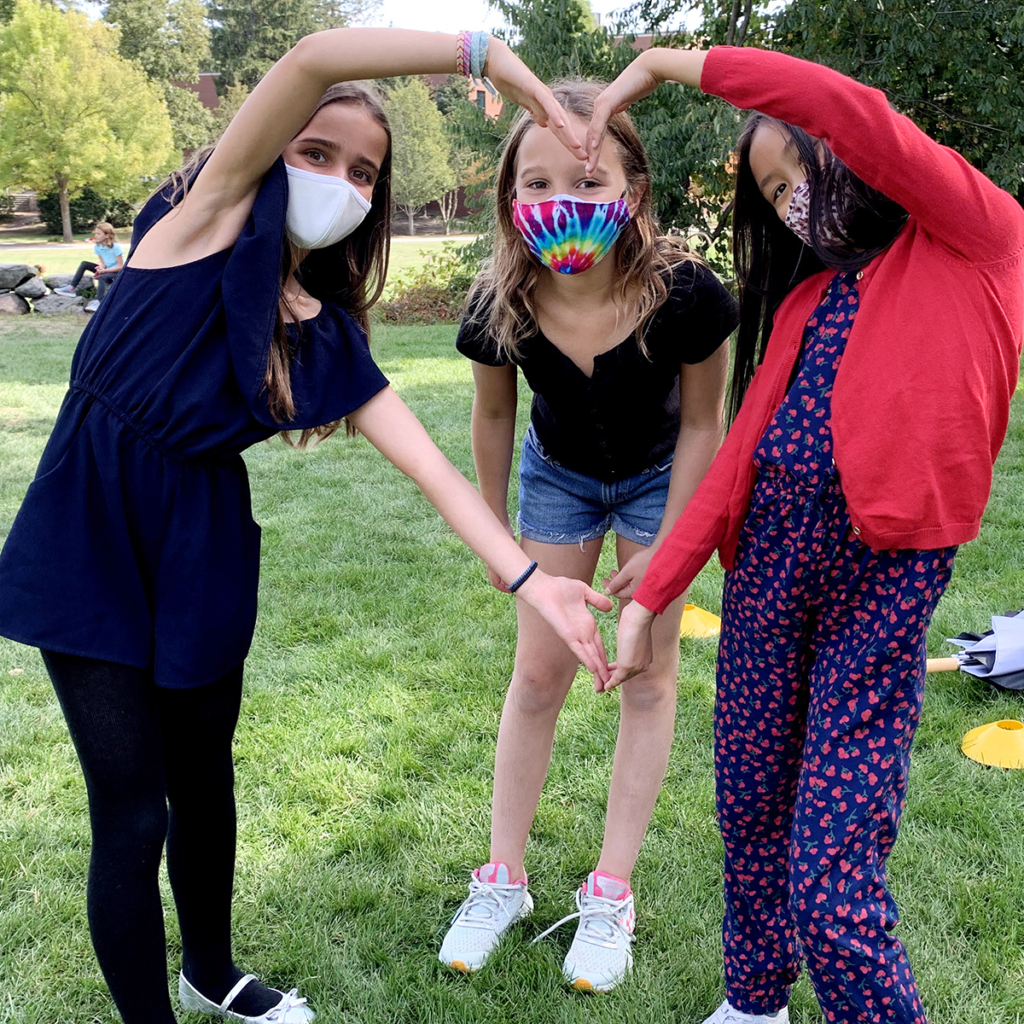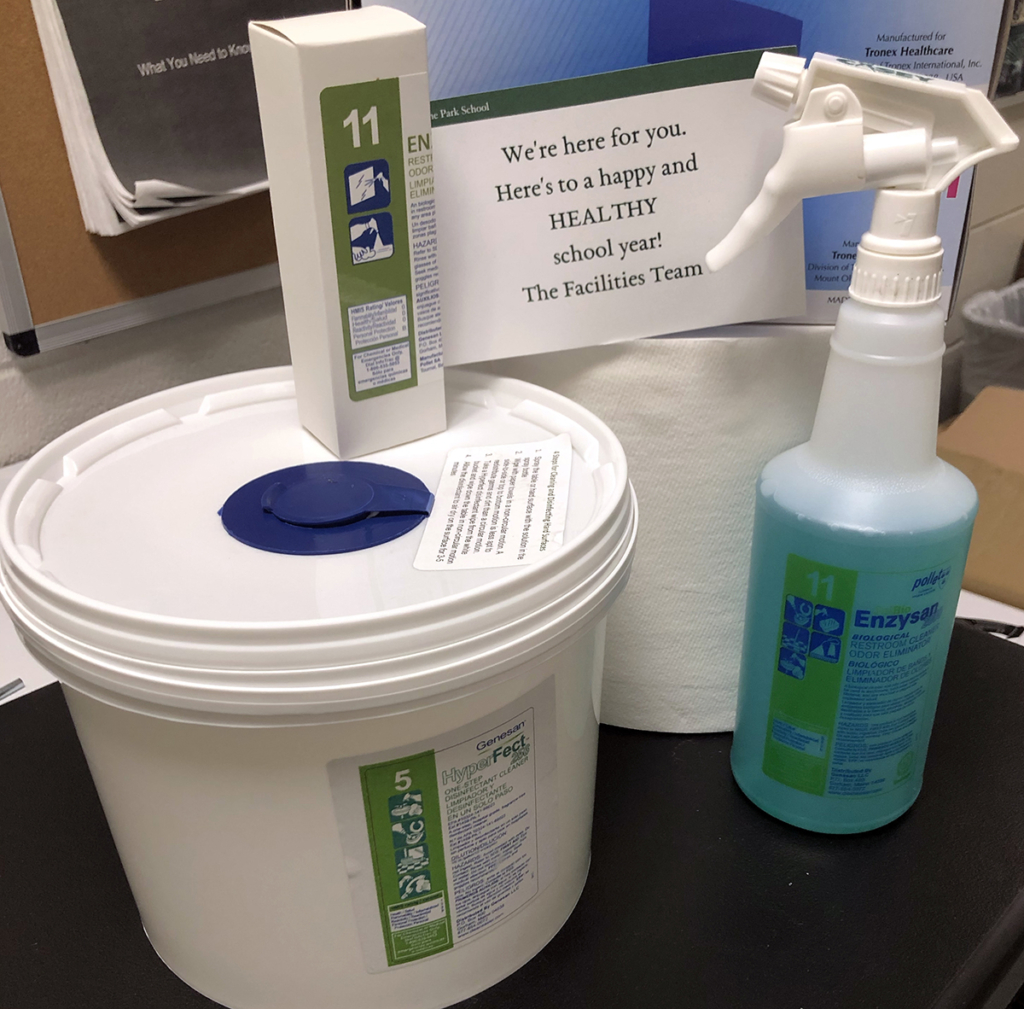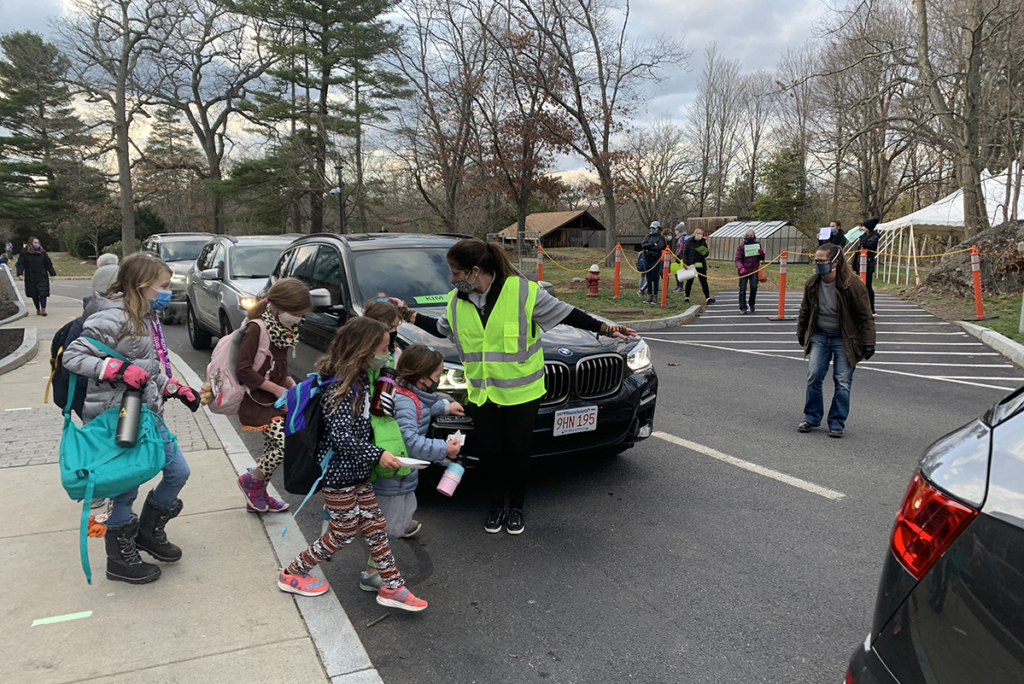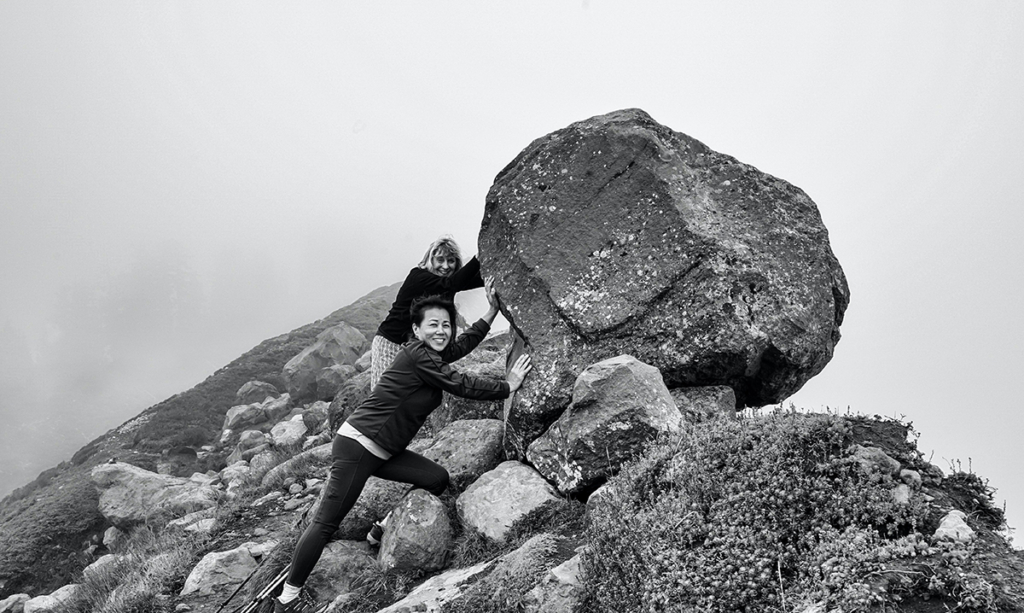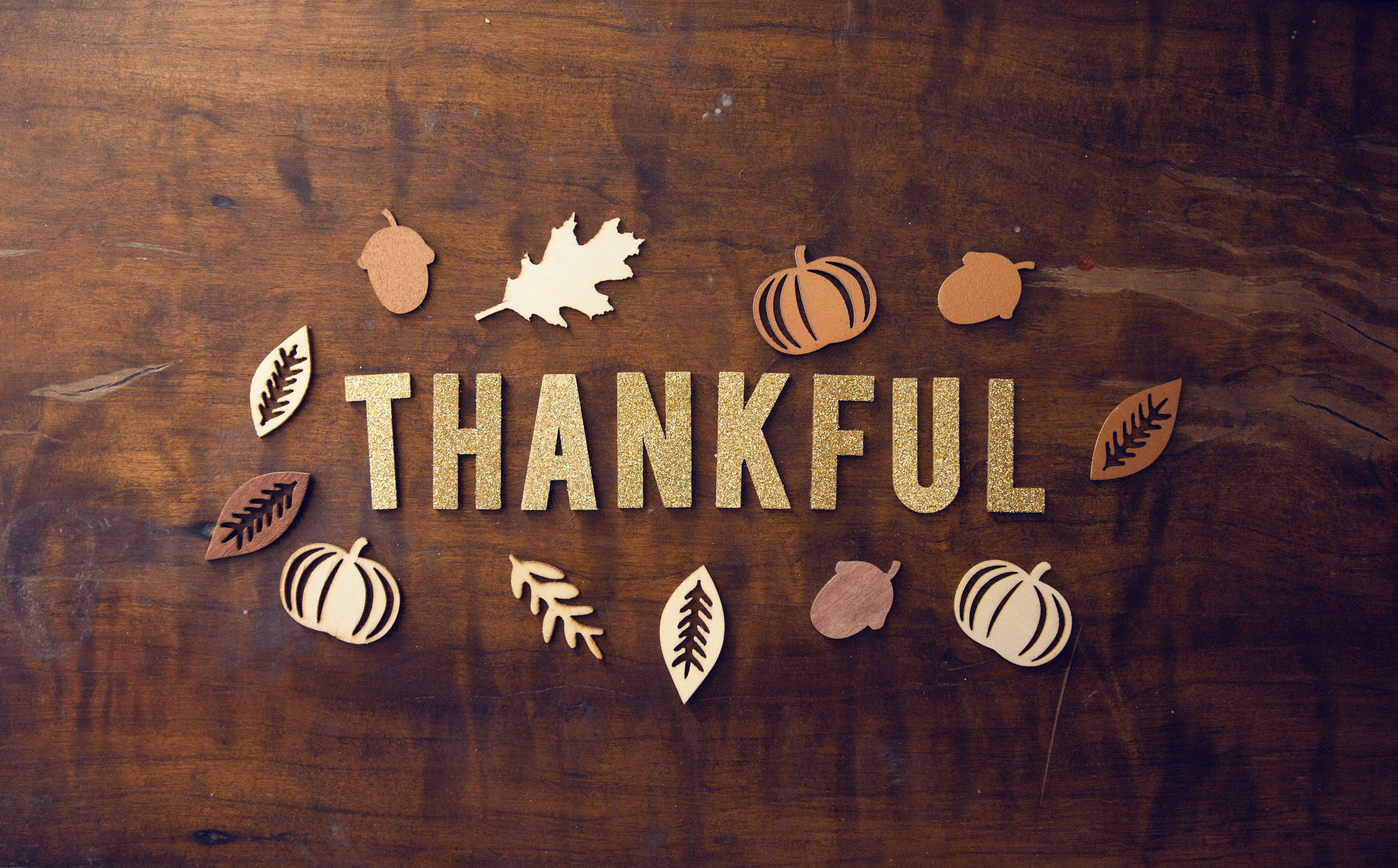DEI at Park: The Work of Community
The launch of Park’s Diversity, Equity, and Inclusion Implementation Plan represents months of collaboration between administration, faculty, staff, and parents centered on ensuring that, as a community of diverse races, religions, cultures, and backgrounds united by a shared mission, we strive to meet our commitment to diversity, equity, inclusion, and antiracism.
The Plan itself outlines objectives across every area of school life, from academic program and curriculum, social-emotional learning and hiring, to institutional leadership, professional development, and community stewardship. Considered as a whole, the Plan defines a clear process of action stems and accountability for those who are responsible for its progress.
The DEI Implementation Plan itself is not in and of itself the answer. It is a road map, providing essential guidance for the way forward.
One of our first steps was to form a DEI Implementation Plan Steering Committee, composed of parents, trustees, faculty, and staff, who will work together to monitor, guide, and report on the Plan’s progress. This is the first collaborative working group of this kind, bringing together many voices and constituents united in our goal to advance this important work. Below are a few of the areas we are hard at work on:
PARENT SEED
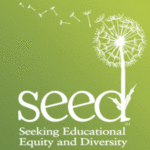 Early initiatives include the launch this fall of a Parent SEED (Seeking Educational Equity and Diversity) group, in which members of the community are joining in conversation about the many layers of belonging, inclusion, and mutual understanding. This effort with parents joins the longstanding faculty/staff SEED initiative which is also continuing this year. The groups’ efforts begin, simply, by getting to know each other, where each person comes from, what’s inherent to the names they are known by, and the stories beyond them. As one participant noted, “Once you know someone’s story, you can’t hate them.” The work begins, then, with seeing and hearing each other — and having learned to reframe the way we see others, we take that perspective to the world beyond. Tina Fox, Lower Division Assistant Head and a Park parent, serves as one of the co-leaders of the Parent SEED effort and observes, “It has been an honor and privilege to work alongside members of our parent community as we engage in conversations and learnings that hit at the heart and the core of who we see ourselves to be. Through these courageous conversations there becomes a shared understanding and empathy for one another. By acknowledging the systems of privilege, power, and oppression that exist as well as amplifying and validating underrepresented experiences, I see this work as another step towards systematic change both as individuals and as a community.”
Early initiatives include the launch this fall of a Parent SEED (Seeking Educational Equity and Diversity) group, in which members of the community are joining in conversation about the many layers of belonging, inclusion, and mutual understanding. This effort with parents joins the longstanding faculty/staff SEED initiative which is also continuing this year. The groups’ efforts begin, simply, by getting to know each other, where each person comes from, what’s inherent to the names they are known by, and the stories beyond them. As one participant noted, “Once you know someone’s story, you can’t hate them.” The work begins, then, with seeing and hearing each other — and having learned to reframe the way we see others, we take that perspective to the world beyond. Tina Fox, Lower Division Assistant Head and a Park parent, serves as one of the co-leaders of the Parent SEED effort and observes, “It has been an honor and privilege to work alongside members of our parent community as we engage in conversations and learnings that hit at the heart and the core of who we see ourselves to be. Through these courageous conversations there becomes a shared understanding and empathy for one another. By acknowledging the systems of privilege, power, and oppression that exist as well as amplifying and validating underrepresented experiences, I see this work as another step towards systematic change both as individuals and as a community.”
AFFINITY GROUPS
- Also this fall, Park has laid the groundwork for a network of affinity groups — inviting Upper Division students, as well as parents, faculty, and staff, to come together in groups who can begin to explore what their identities mean to them in a space where all members can speak from the “I” perspective. Invitations to join the groups launched in November, and since then, facilitators have been identified and trained. We will begin the new year with our first sessions for over ten different affinity spaces. In this time of COVID, all of these spaces will be available on Zoom — we sincerely hope that in-person gatherings will be possible in the 2021-22 academic year.
DATA COLLECTION
- Meanwhile, Park is completing data collection to accurately capture the racial, ethnic, and gender diversity represented by the student body, which will, going forward, support our efforts to better understand how our programs and teaching support the academic and social emotional growth of all our students. How might this data help Park teachers create safe and inclusive spaces in which students can grow and develop to their greatest potential? How might it support our efforts to build confidence, capacity, and sense of belonging for all our students? This data and questions like these will guide our work to ensure that every child has full access to the academic excellence central to Park’s mission.
SECONDARY SCHOOL COUNSELING
- Park’s Secondary School Counseling office has delved closely into the department’s practices and process, placing DEI priorities at the center of their work. Co-Director Matt Kessler reports, “We surveyed all the schools to which Park students most often apply regarding each school’s own commitment to Diversity, Equity, and Inclusion. We realized that if Park considers DEI core to its own educational mission, perspective on how a given secondary school prioritizes DEI must be part of the guidance we provide to students and families.” Co-Director Lisa DiAdamo notes that most of the schools surveyed indicated that Park was the rare school even asking these questions, and appreciated the degree to which Park sought to help families understand the overall commitment to DEI that various secondary schools were making. Matt and Lisa have also worked with faculty on “Anti-Bias Recommendation Training” in order to raise awareness and to bring the pitfalls of racial and gender bias, to which we are all susceptible, to our collective consciousness. They hosted office hours for faculty, and shared useful anti-bias resources and provided additional information about how the teachers can best support all of our students.
- As part of this work, the Secondary School Counseling team also partnered with Olivia Morehead-Slaughter (psychologist), Julie Mumford (school counselor), Ken Rogers (Upper Division Head) and me to host a workshop to help Upper Division students and their families think through questions of racial identity development, and to help families think through their own racial identity and its impact — on their families, on others, and on their secondary school choices. It’s an ongoing conversation but we believe that helping students negotiate these priorities will support them well in their steps forward.
HIRING
- Another essential priority of the DEI Implementation plan centers around hiring. Typically, the major independent school hiring process begins in February. While retaining the strong teachers who already know Park well is always a priority, we also seek to diversify our pool of talent so that our faculty better represents the world in which we live. The Administrative team is working closely to define the policies that will guide the hiring process going forward.
- Assistant Head of School for Academics & Program Eric Chapman observes, “We believe the strength of our educational program depends on creating a space where children learn in an environment that truly represents all the diversity of our larger community — differences in background, differences in perspective. Park’s student body is very diverse, compared to peer schools, and we aspire to do as well with our faculty.”
PROFESSIONAL DEVELOPMENT
- Teachers are, by definition, wired to be student-centered thinkers. They do what they do because they care so very much about the students under their care. Yet teachers, like everyone else, are shaped by the world they know, and continue to be learners even as they are educators. At Park, every new employee now partakes in VISIONS, a DEI training program that guides participants toward deeper connection with their own selves as empathy-driven partners in an educational community, learning to listen, see and value difference, and understand our common humanity. VISIONS training continues at regular intervals for all employees through the course of the academic year, helping to continue building the tool box we need to be effective educators and constructive members of our diverse community.
The DEIIP itself is a bundle of aspiration, hope, heart, and struggle. The Plan itself is not in and of itself the answer. It is a road map, providing essential guidance for the way forward. We recognize, as Dr. Ibram X. Kendi writes, anti-racism is a journey that “requires persistent self-awareness, constant self-criticism, and regular self-examination.” We recognize, too, that Park has not been experienced as a truly inclusive and anti-racist place by all members of the community. Therefore, we dedicate ourselves as a school to openly confront discord and examine the individual and collective assumptions and biases that arise in the classroom, the School, and our community. The work is never done. And the Plan, our road map, can and must keep evolving. We look forward to the ongoing conversation.


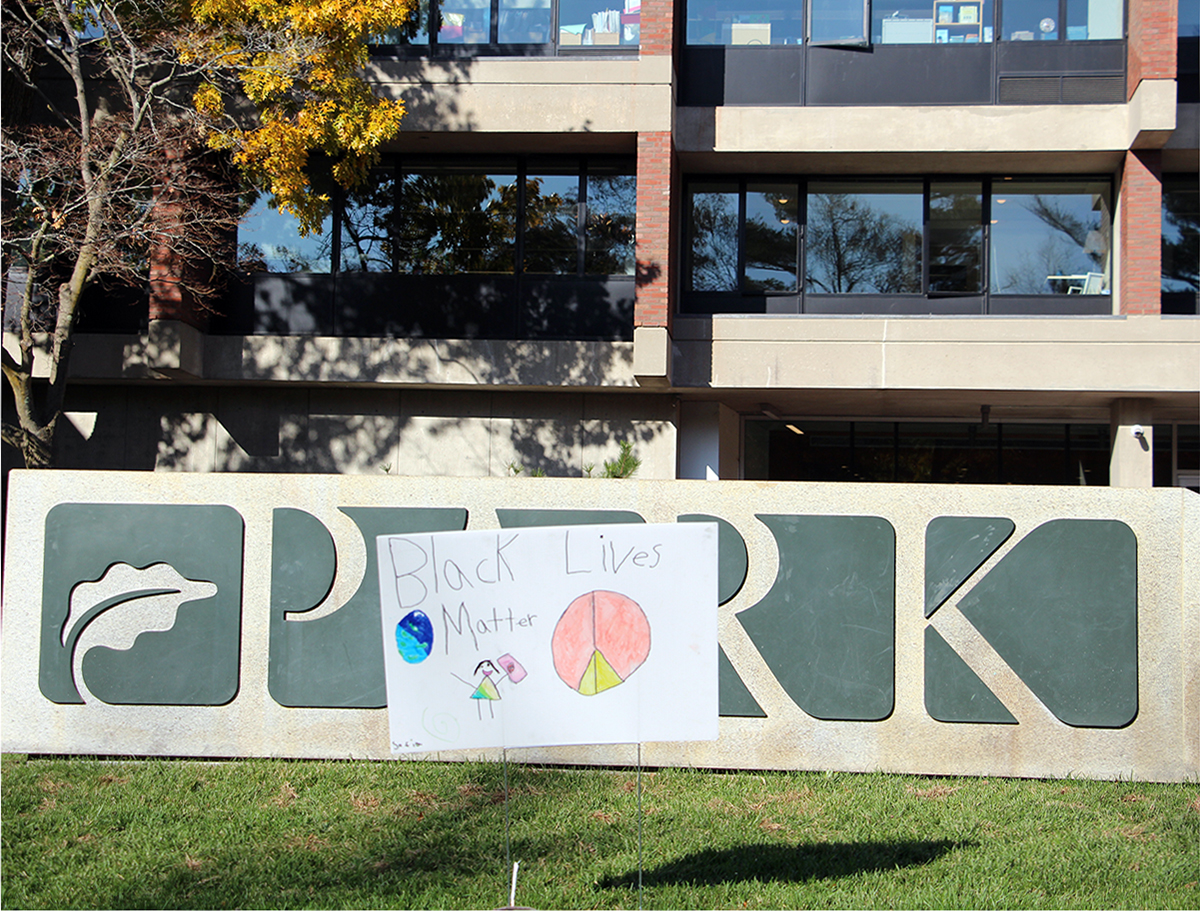
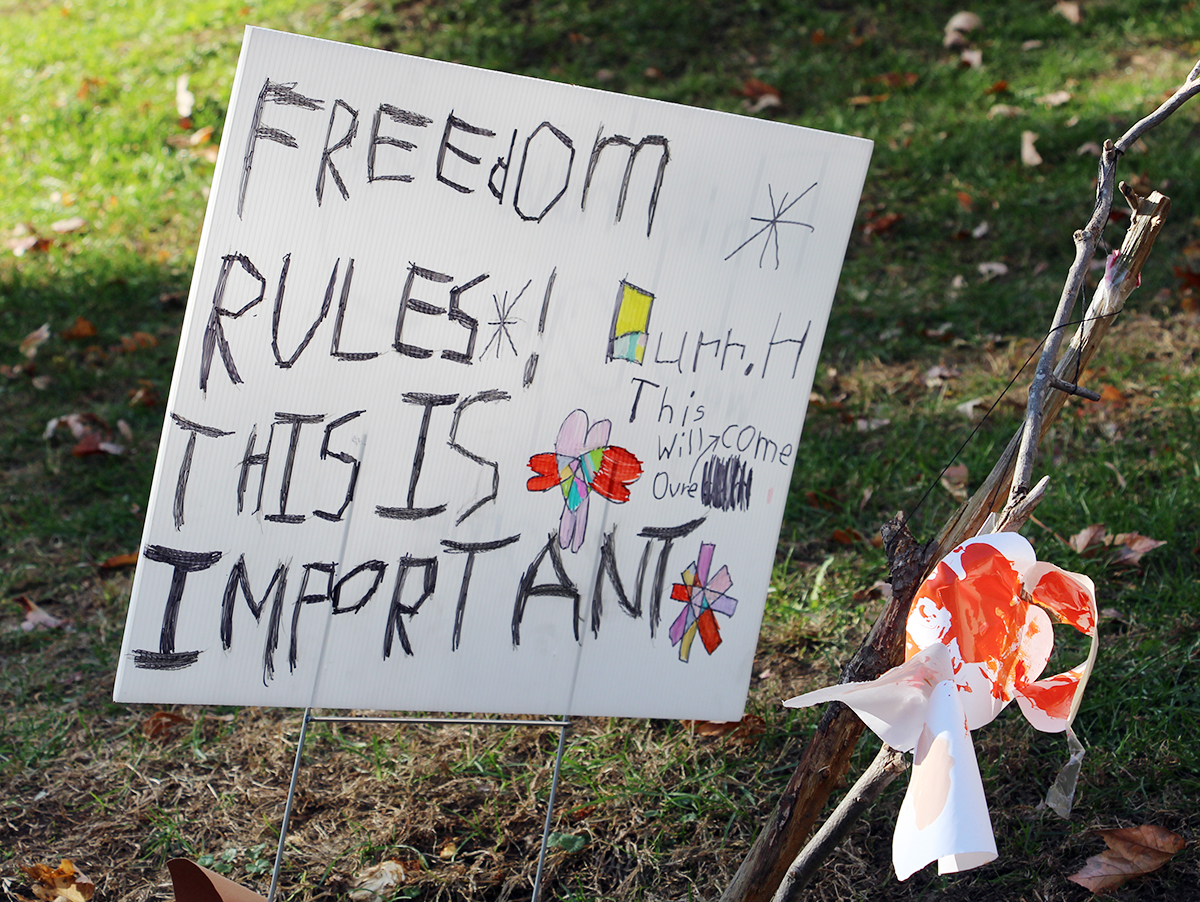
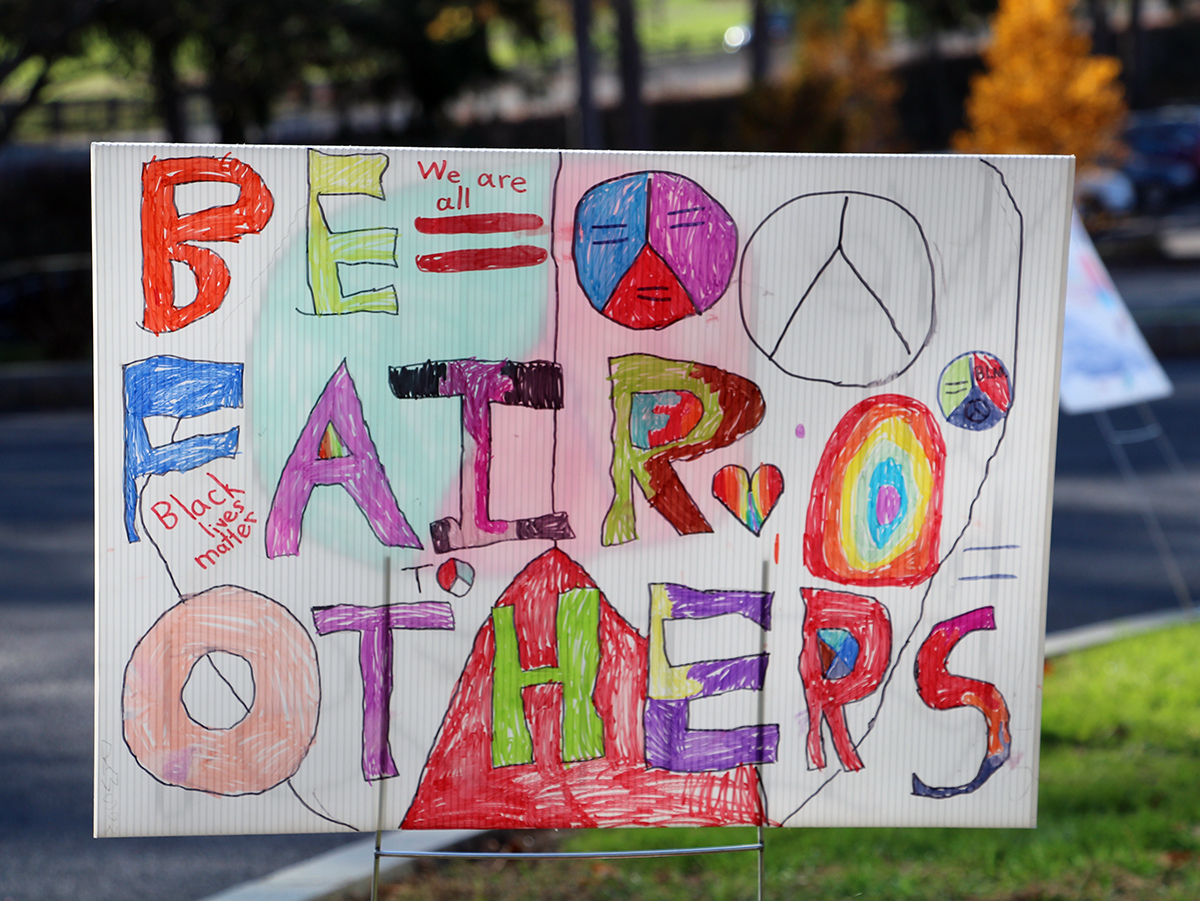
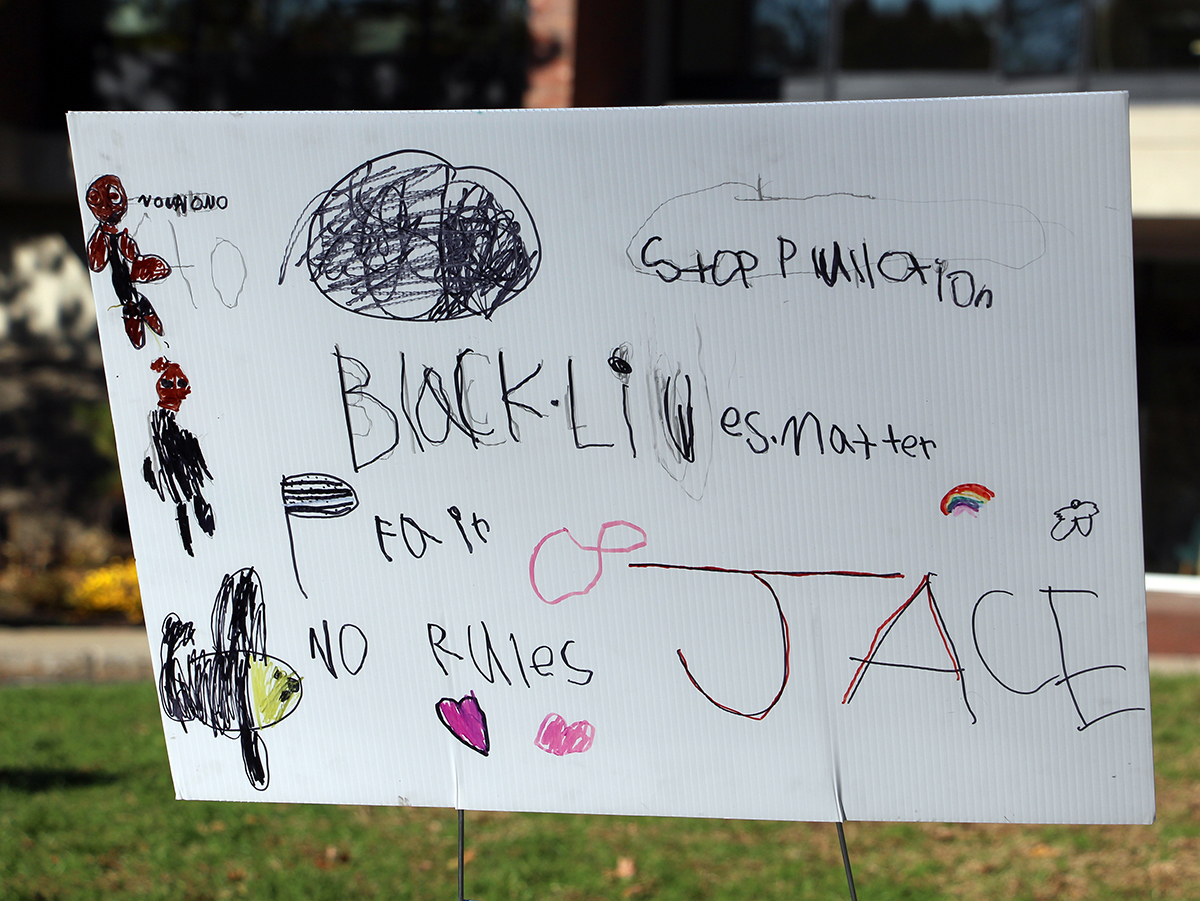

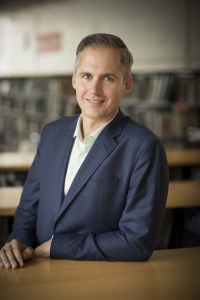 In these days leading up to Park’s winter break, I find myself reflecting upon the merry tropes of the winter holiday season. As Head of School, I feel charged with the responsibility to steward all that hope, all those large aspirations, and all of the good cheer forward into the New Year.
In these days leading up to Park’s winter break, I find myself reflecting upon the merry tropes of the winter holiday season. As Head of School, I feel charged with the responsibility to steward all that hope, all those large aspirations, and all of the good cheer forward into the New Year. 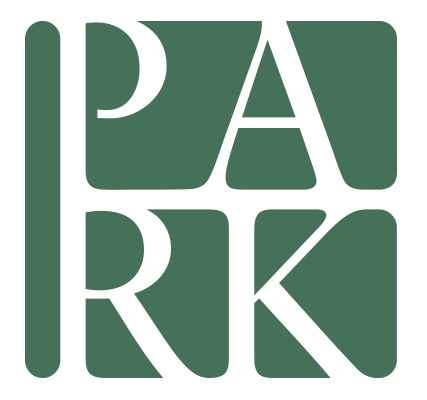

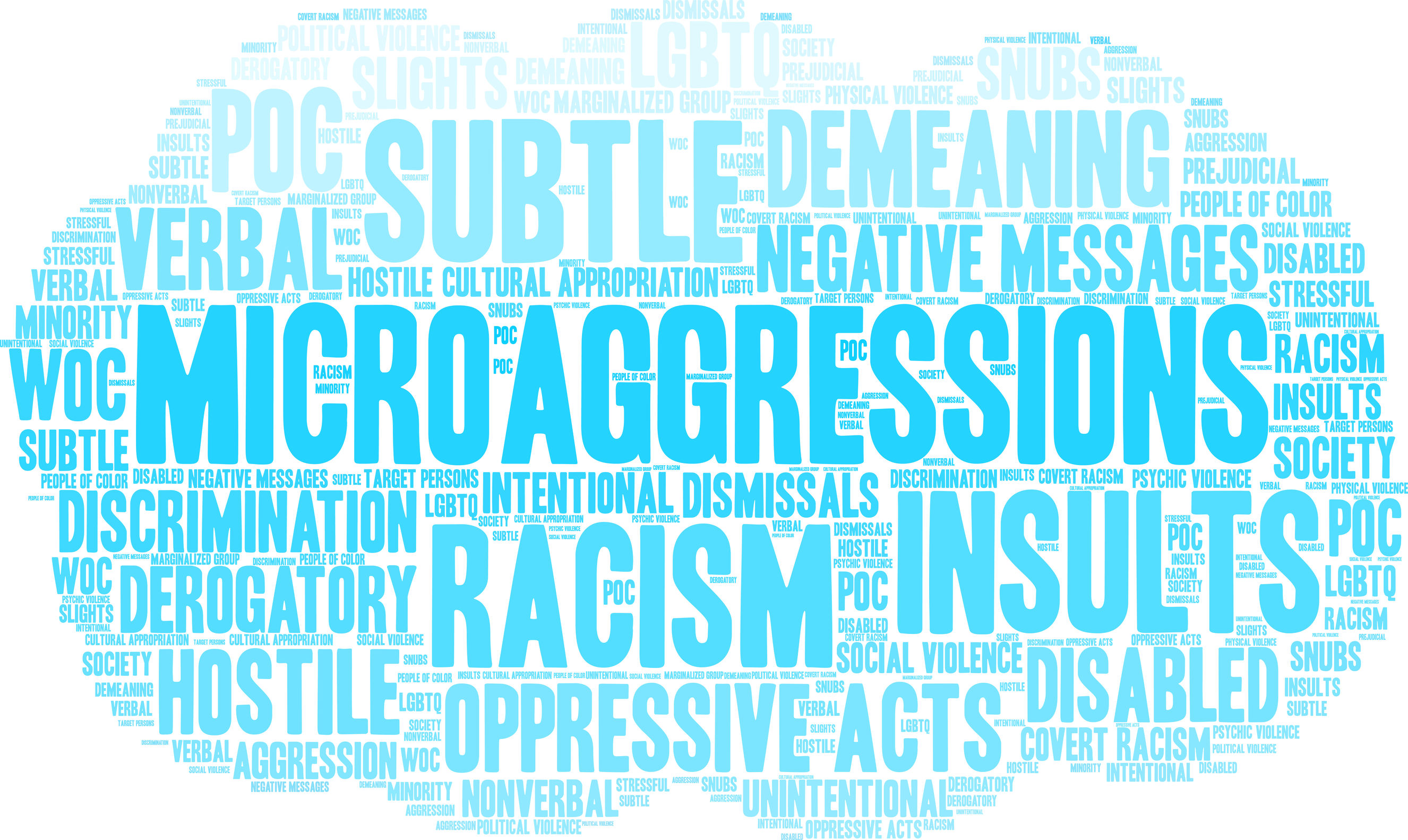

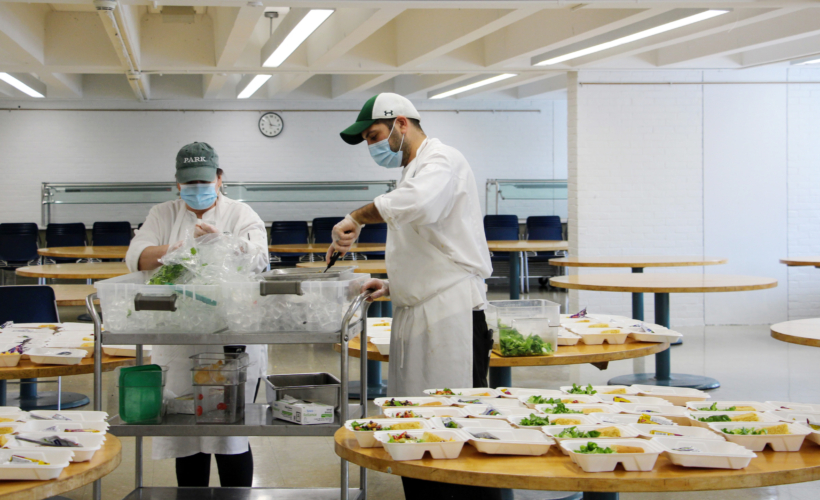
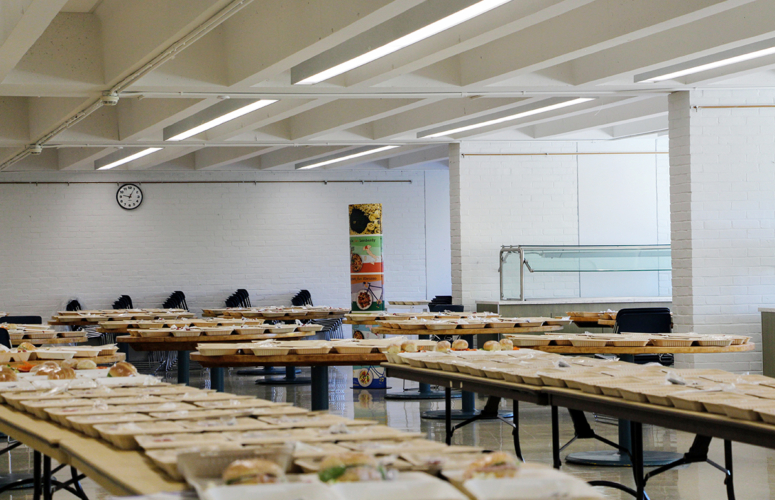
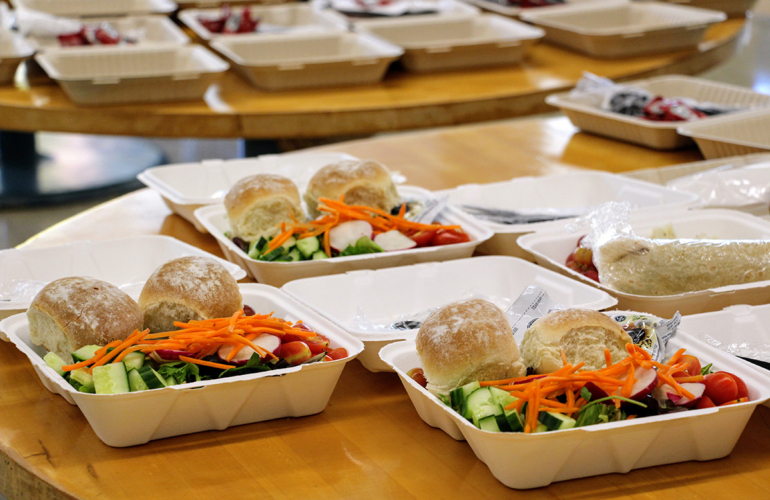

 Once the students’ meals are safely prepared and packaged by the kitchen team, other Park staff and faculty step up to handle the huge logistical challenge of meal delivery, distributing meals to classrooms from the tiered carts that food services wheels to 15 different locations on the school campus – including Faulkner House!
Once the students’ meals are safely prepared and packaged by the kitchen team, other Park staff and faculty step up to handle the huge logistical challenge of meal delivery, distributing meals to classrooms from the tiered carts that food services wheels to 15 different locations on the school campus – including Faulkner House! 